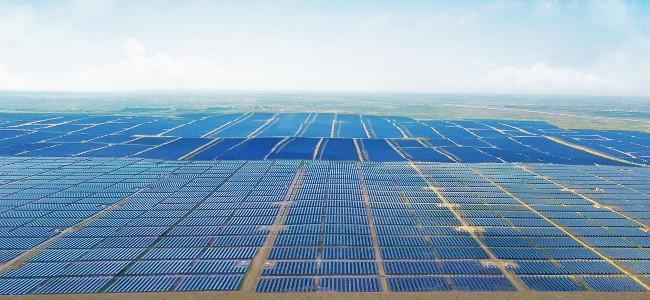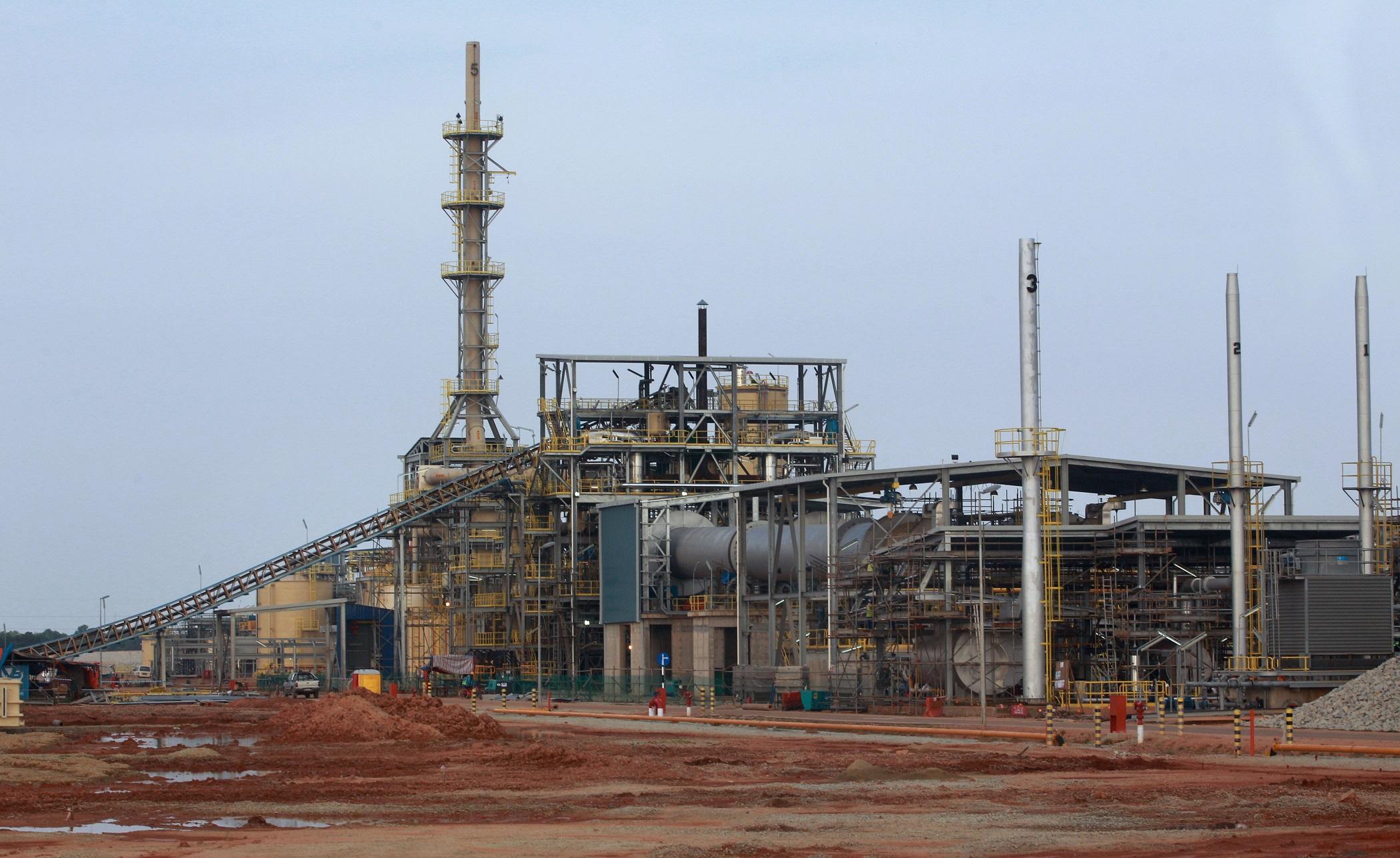The energy transition and the race for resources
The start of 2019 was marked by the release of a new report from the International Renewable Energy Agency (IRENA) that seeks to chronicle the myriad ways that climate change and the quest for a cleaner and lower-carbon energy system is reshaping traditional competitions for energy sources. Entitled “A New World: The Geopolitics of the Energy Transformation,” the report laid out three key attributes of states that are set to gain power in a world transitioning to greater shares of renewables and other clean energy technologies: (1) countries with high renewable energy potential, (2) mineral-rich countries that can supply the materials needed for clean energy technologies, and (3) countries with significant innovation capabilities.
Only a handful of months later, 2019 is already providing a peek at these emergent dynamics and how they are poised to re-shape the contours of competition and power in the energy sector for years to come.
To say that certain countries are benefiting from the growth of clean energy globally is now clear: global clean energy investment totaled more than $332 billion in 2018, far exceeding global fossil fuel investment, and marking the fifth straight year of investment above $300 billion in low-carbon energy technologies. Solar and wind each now roughly represent around $130 billion of annual investment. Notably, China was the destination for almost a third of all global clean energy investment in 2018, after attracting around 40% of it in the year prior.

But this is not just a function of renewable potential, but perhaps more importantly a function of policy, of market size, and of timing. The sun shines on plenty of states that are receiving little renewable investment due to uncertain or non-existent policy frameworks, to small and insufficiently attractive markets, or to a lack of conducive financial conditions.
Consider India’s own attempts to harness its “domestic” clean energy resources: the abundant amount of sun and wind that graces the country, from the northernmost points of Himachal Pradesh to the southern tip of Tamil Nadu. India has seen prodigious renewables growth, particularly in solar, over the past several years, and a recent analysis from the IRENA also shows that India has some of the lowest solar costs in the world.
And yet, despite impressive scale and speed of deployment at impressive costs, India accounted for only around $11 billion of renewable investment in 2018, and little of the deployed clean energy equipment (solar modules and wind turbines) have significant Indian content. They are instead the product of a global value chain with a significant Chinese role. India has sought to indigenize clean energy manufacturing in multiple ways, including first with controversial domestic content requirements, then with the 2018 imposition of tariffs on certain solar panel imports, now with national tenders for solar module, cell, ingot and wafer manufacturing facilities, and soon via the possible imposition of additional duties on various intermediate solar inputs.
The country’s attempts at solar protectionism have thus far failed, while its attempts at orchestrating manufacturing via large national tenders have been repeatedly delayed. Not only do inexpensive Chinese, Malaysian, Thai, and Vietnamese solar panels continue to serve the Indian market, but key components such as inverters from China continue to capture market share as well.
Indeed, Vietnam has seen a boom in renewable energy investment in part due to attractive tax incentives but also due to regulations that allow for up to 100% foreign ownership of energy projects. Now, Vietnam seeks to increase the proportion of domestically-derived value in deployed clean energy to 30% in 2020 and 60% by 2030, with an eye to being a major exporter of renewable energy technologies by midcentury. It remains to be seen whether Vietnam can continue to attract the capital needed to indigenize increasing shares of renewable energy value while still maintaining a rapid upward trajectory in overall renewable energy deployment.

The world was also reminded this year of the mineral foundations of the clean energy transition, and of the geopolitical dynamics than underpin them. When China implicitly threatened to restrict supply of rare earths to the global market, in search of leverage amid an ongoing trade conflict with the United States, it sharpened a focus on the role that rare earths and other critical minerals play in key defense and advanced energy applications. Cobalt and lithium play an important role in many battery chemistries, graphite and scandium are key materials for fuel cells, neodymium and dysprosium often end up in wind turbines, and indium and tellurium are commonly used in solar panels. Other minerals and metals, even when in miniscule amounts, are crucial to many military technologies.
Response to China’s murmurings has been swift and wide-reaching. A bipartisan group of US senators have introduced the “American Mineral Security Act,” which would work to bolster US capabilities in critical minerals broadly, from geological assessment to production and processing to education and workforce development. Meanwhile, in June, the US Commerce Department released a cross-agency strategy on securing critical minerals for key applications, including energy and defense.
The US State Department’s Bureau of Energy Resources has since given life to a new Energy Resources Governance Initiative, an effort to engage global stakeholders, including key sources of critical minerals supply and demand, on the governance of critical mineral markets to sustainably meet anticipated demand. The strategic logic would point to higher standards along the supply chain tilting the critical minerals landscape in favor of the US and its partners, rather than China, though the new Initiative has yet to be fully reconciled with the earlier departure of the US from the Extractive Industries Transparency Initiative, a more established governance effort.
Australia has identified, in cooperation with the United States, 15 critical mineral projects on its territory that could help to diversify sources of supply and dilute China’s preeminent position in key critical mineral markets. Canberra and Washington have already penned an agreement to work on joint extraction, processing, and development of rare earth elements, with discussions between the US Department of Defense and industry already focusing on new processing plants.
While the distribution of the underlying mineral resources grabs the most attention, it is perhaps the paucity of processing plants in the United States that is leading to the most consternation among military and energy leaders. The country does not possess a single rare earths processing plant, for example, while China holds 80% of global rare earths processing capacity.

This also points logically to the third category of leaders that IRENA laid out in its landmark report: countries with significant innovative capabilities. Geology is not destiny, and many efforts are underway by countries with little domestic production of primary inputs to turn their ostensible position of weakness into a catalyst of strength.
The European Union, for example, has identified the importance of new recycling initiatives to maximize the recovery of critical materials such as cobalt from discarded electronics and batteries that have passed their useful life. This is an area where public-private partnerships will be key, and where success or failure will have major implications not only for the energy sector, but for national industrial strategies writ large. So, too, will public-private collaboration be imperative for identifying new energy technology designs, including new battery chemistries that minimize or obviate the draw on critical minerals that display opaque or cartel-like markets.
Taken together, the year’s energy dynamics point to the unfolding of a new set of dynamics underpinning the quest for energy resources and energy security. Far from the energy transition rendering irrelevant the geopolitics or materiality of energy, the transition is instead introducing new players, new supply chains, and new vectors through which countries will jostle for the advantage in the energy landscape of the 21st century.
